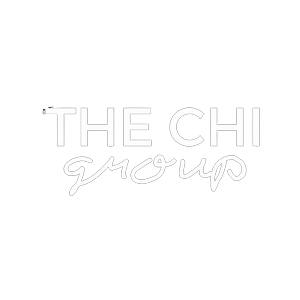Marketing to Chinese & Japanese Luxury Consumer
The Asian consumer market has always been an interesting area for many brands, especially luxury brands. As brands look towards expansion efforts and marketing to Chinese and Japanese luxury consumers there are key differences to consider. These are two of the strongest Asian countries that have the highest luxury consumption.
According to consulting firm McKinsey, Japanese consumers spend about $33 billion on luxury goods each year, making it 2017’s second largest luxury market in the world. Meanwhile, China’s consumer only spent $7.4 billion.
There are some key mindset differentiators between the two groups that brands must take into consideration when designing a marketing strategy and brand experience.
Digital Laggards vs. Early Adopters
Japanese luxury consumers place a high value on in-store interactions, as this indicator has high expectancy among this group. Salespeople who are kind, easy to talk to, have vast product knowledge, receiving personal and exclusive attention, attribute to in-store satisfaction according to McKinsey.
The Japanese market also lacks in a robust e-commerce market which is reflected in consumers payment habits. 93% of consumers preferred credit card payments in Japan, while WeChat accounts for only 1% of sales. Interestingly, personal beauty products such as makeup and skincare are frequently purchased online by Japanese consumers more than any other type of luxury goods.
Chinese consumers’ perspective greater differs when it comes to online payments. This group of luxury consumers relies heavily on Internet-based payments for efficiency. Total e-commerce sales in China hit $598 billion in 2016. This number is larger than the e-commerce markets of the United States and the United Kingdom combined. Chinese buyers see mobile payments as more secure than in-store purchases.
Rational vs. Experiential Buying
Japanese consumers have a rational mentality as they seek products which are of quality and durability. They tend to associate luxury with “expensive” and “high quality” and less likely to respond to social influence or status. They are also less likely to respond emotionally. This according to a report from Agility Research & Strategy on Affluent Insights from Japan. In fact, these consumers are motivated to buy for craftsmanship (56%), design/style (40%), and service (26%)
On the other spectrum, Chinese consumers have elevated to simply buying to invest in luxury lifestyles which include an expansion into health, travel, and art.
When it comes to social media influencers/ KOL (Key Opinion Leaders), Chinese consumers rely heavily on social media word-of-mouth for many of their purchasing decisions. But their Japanese counterparts place very little value on social media and influencers when choosing their luxury brands. Instead Japanese consumers’ place more value on direct interactions with brands (33%), online ads and content (excluding social media), and traditional media, including TV, radio, print and outdoor ads (20%).
Pessimistic vs. Optimistic Consumers
According to Agility’s report, Japanese consumers have a pessimistic view on wealth as one in three Japanese consumers think they will have more disposable income and have confidence that their investments will increase in the next 12 months. While one in four Japanese consumers plan on purchasing more luxury goods which are lower when compared to other Asian-Pacific markets.
In China, the luxury consumer is expected to spend more this year with incremental spend from already wealthy consumers. This will create over half the anticipated growth in Chinese luxury spending from 2016 to 2025, according to McKinsey.

